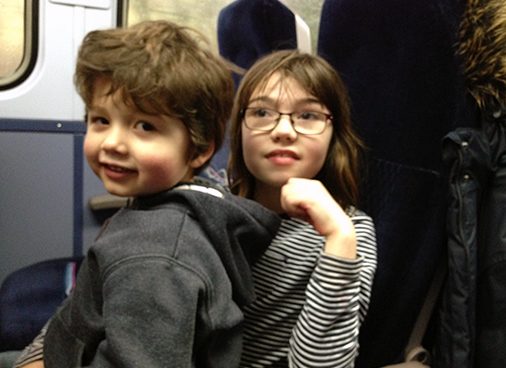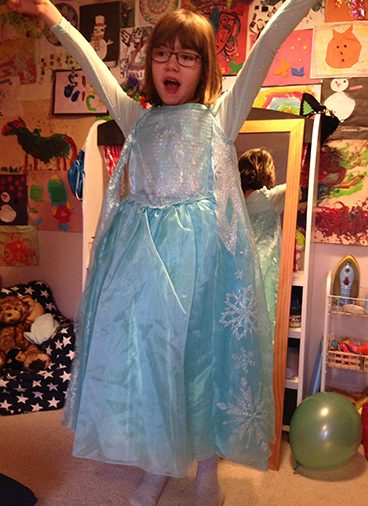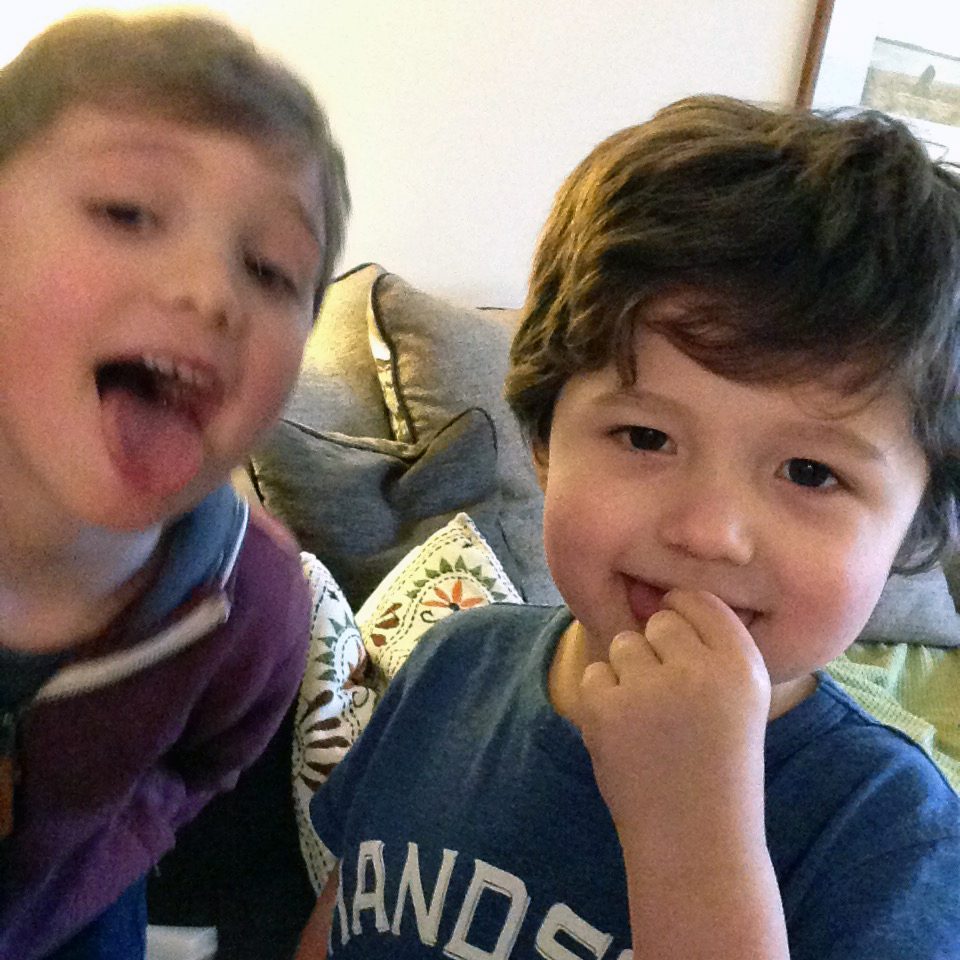
“Why Getting a Diagnosis Is So Much More Than a Label” – Kelly
My daughter Holly (9) & son Isaac (4) have recently been diagnosed with Guanidinoacetate Methyltransferase Deficiency (GAMT). What a label, hey? Certainly sounds more impressive than Global Developmental Delay, Autism, or just plain old Epilepsy that we were ‘gifted’ with before.
I never thought we would actually get a confirmed genetic diagnosis. Don’t get me wrong, we didn’t give up searching. We continued with testing and the research that eventually led us to it – if that had come up with nothing, we would have started the next one. And the next. But I really had put the idea of ever finding the cause of their problems to the back of my mind. It’s less painful that way. There’s only so long you can go on trying to unpick your children, before you decide that perhaps this is the way they are. Despite how hard things are and how much it breaks your heart to see them struggling day in and day out, and how much you hate the seizures ruining their lives, perhaps, this is just the way things are. You never give up that search for a diagnosis in the background though.
So, when that fateful day came back in November, the day the wonderful geneticist called me at work to drop a GAMT bombshell all over us – I was in total shock. Still am really. Not only to be told that they had found the cause of the children’s problems, but also that there was a treatment. So the children have a new diagnosis now. But it’s a diagnosis that, to us as a family, is so much more than a label.
When your child is labeled with Global Developmental Delay, or intractable Epilepsy, or even something on a broad spectrum like Autism, there are so many unanswered questions. Why have they got it? What’s the reason? There has to be a reason, surely? Is it my fault? Is it something I did during pregnancy? Something I did long before pregnancy? What does the future hold? Will they deteriorate? Have they got an undiagnosed tumor? Will the Epilepsy worsen? 
One of the best things about finally getting a concrete diagnosis is that a lot of the questions that have been eating away at you, finally have an answer. Not all, but you can at last stop blaming yourself. Yes, GAMT is an autosomal recessive condition and therefore you could say Chris and I are both to blame in essence, but not in any way that we could possibly have influenced. There was no way we could have known 14 years ago when we met as 18 year olds, that our future – and our children’s future, was sealed by a couple of dodgy genes that we both happened to have. Without this knowledge, there was no way we could have stopped it from harming our children.
Getting a genetic diagnosis isn’t all positive though. Knowing that, if Holly and Isaac had been diagnosed at birth and given treatment, their lives would have started very differently, is very hard to deal with. It’s a bit like being thrown a lifeline when you are drowning but being punched in the guts by the person saving you. But again, being realistic, the rare nature of GAMT means that would never have happened. So, although from time to time it haunts me, for the future I must let that go and concentrate on how I feel 95% of the time – which is sheer elation that we have answers.
Getting back to positive thinking then! The benefits of this diagnosis for the children are plentiful. We can now access treatment to help improve their lives, something we never dreamed possible. Every time I measure out their supplements, I’m overtaken by just how surreal it feels. We’ve already noticed huge changes, something we never would have had without the GAMT diagnosis.
We can now explain our children’s condition to people in simple terms. The diagnosis helps to define their problems and allows for greater understanding. People ‘get it’ after a short internet search or a quick discussion, rather than a long, drawn-out, ambiguous history. The knowledge that comes with diagnosis is so empowering.
I also feel the diagnosis ‘protects’ the children in some ways from the disapproving and ignorant views of people who otherwise wouldn’t understand their so called ‘bad behaviour’ or meltdowns. Although I don’t have time for people like this anyway, the ‘label’ helps to reattribute the symptoms. “It’s not Isaac’s fault – he has GAMT deficiency!” I suppose it makes us as parents more understanding of his behaviour too.

So, why is getting a diagnosis so much more than a label? Many, many reasons! Answers. Knowledge. Validation. Definition. Treatment. Improved outcomes. Medical advances. Community. Understanding. And finally, but most importantly, HOPE.





